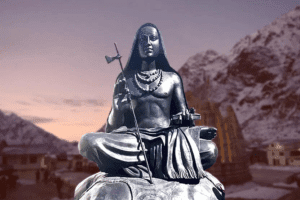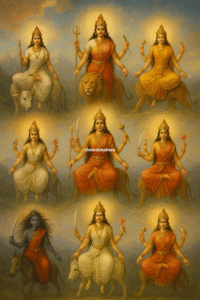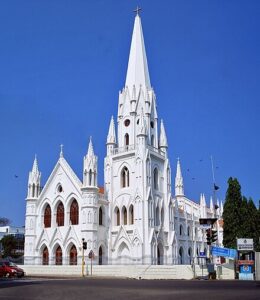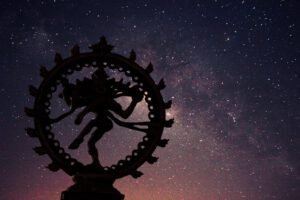Introduction: Ram Navami
Ram Navami, a sacred Hindu festival, commemorates the birth anniversary of Lord Rama, the seventh avatar of the Hindu god Vishnu. Celebrated with great fervor and devotion across India and among Hindu communities worldwide, Ram Navami holds deep religious and cultural significance. This auspicious occasion brings together devotees in joyous celebration, marking the birth of the embodiment of righteousness and virtue, Lord Rama.
History and Significance:
Ram Navami falls on the ninth day (Navami) of the Chaitra month in the Hindu lunar calendar, typically occurring in March or April. The festival holds immense importance as it honors the birth of Lord Rama, who is revered as the epitome of dharma (righteousness), compassion, and moral values. According to Hindu mythology, Lord Rama was born to King Dasharatha and Queen Kausalya in Ayodhya, fulfilling the divine purpose of vanquishing evil and restoring dharma on Earth.
Traditions and Celebrations:
Ram Navami is celebrated with various rituals and customs that vary regionally but share common elements of devotion and piety. Devotees observe fasts, recite prayers, and participate in bhajans (devotional songs) and kirtans (religious chants) dedicated to Lord Rama. Temples are adorned with flowers and lights, and special puja ceremonies are conducted to seek the blessings of the divine couple, Lord Rama and Goddess Sita.
Celebrations in Ayodhya:
In recent years, Ram Navami celebrations have taken on added significance with the construction of the Ram Mandir in Ayodhya. The historic Bhoomi Pujan ceremony for the temple, held in August 2020, marked a significant milestone in the realization of a long-cherished dream for millions of Hindus worldwide. With Ram Navami approaching, devotees are eagerly anticipating the special celebrations scheduled to take place at the Ram Mandir site in Ayodhya. From the commencement of Chaitra Navratri until Shri Ramnavami, the attire adorning Bhagwan Shri Ramlalla Sarkar will hold a special significance. Fashioned from meticulously hand-woven and hand-spun khadi cotton, embellished with authentic gold khaddi hand block prints, these garments exude an aura of divine elegance. Each block print intricately showcases motifs inspired by Vaishnav Chinha, adding a touch of sacred symbolism to the attire of the revered deity.
Surya Tilak Mahotsav:
Preparations for the Surya Tilak Mahotsav in Shri Ayodhya Dham have been finalized. On April 17th, during Ram Navami, Suryadev will bestow the Surya Tilak upon Ramlala’s forehead, an auspicious event lasting approximately four minutes.This Ram Navami holds a special significance as the rays of the sun will bestow their divine touch upon Lord Shri Ramlala, residing within the sacred precincts of the Ram temple. On April 17th, precisely at noon, these rays will traverse through the optomechanical system meticulously installed on the temple’s third floor. Here, aided by mirrors, the sun’s radiant beams will converge upon Ramlala’s forehead, forming a distinct 75mm-sized round tilak, adorning the deity for a reverent span of four minutes. This extraordinary phenomenon, known as the Surya Tilak, is the culmination of dedicated efforts by two esteemed scientific institutions of our nation.
The intricate system facilitating the passage of sunlight to the sanctum sanctorum has been meticulously engineered by the Central Building Research Institute of IIT Roorkee. Led by project scientist Devdutt Ghosh, the system operates on the principles of celestial mechanics, skillfully altering the trajectory of the sun’s rays. Comprising a reflector, two mirrors, three lenses, and a brass pipe, this marvel of engineering orchestrates the precise journey of sunlight, ensuring its culmination at the deity’s head within the hallowed space of the temple.
CBRI scientist Dr. Pradeep Chauhan said that the date of Ram Navami is decided by the lunar calendar. To ensure that Surya Tilak happens on time, 19 gears have been installed in the system, which will change the speed of the rays on the mirror and lens in seconds. Bengaluru-based company Optica has manufactured the lenses and brass pipes.






